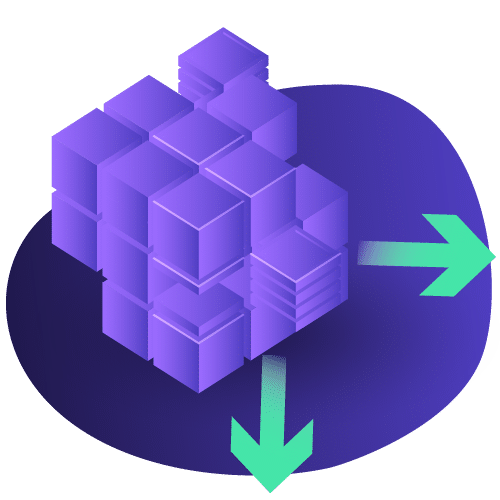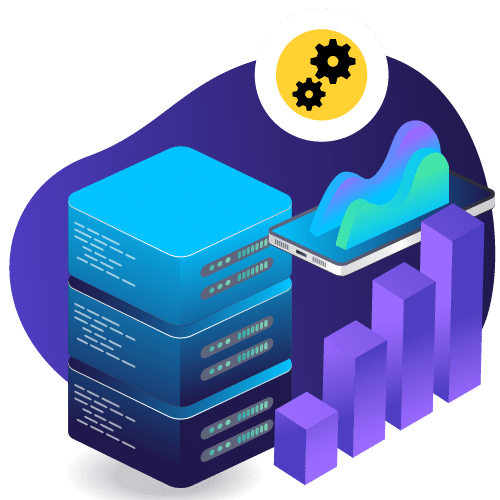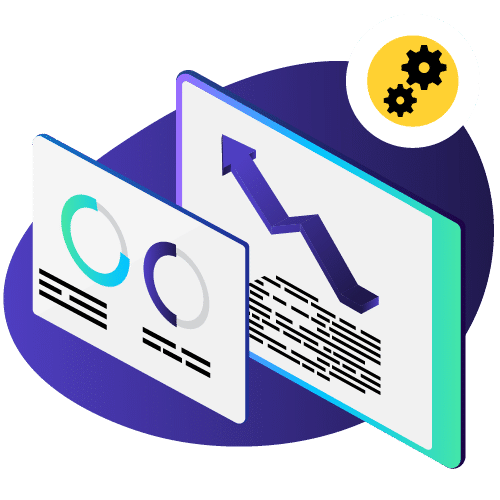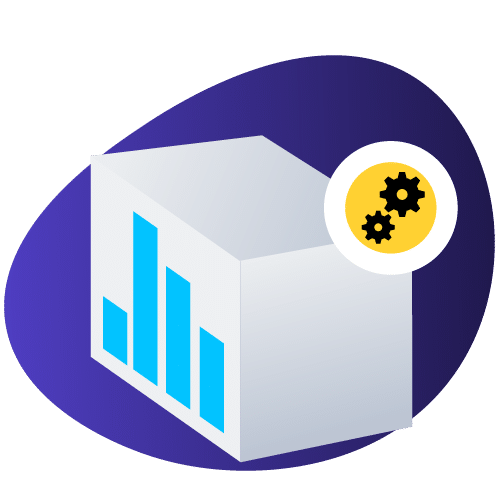In today’s rapidly evolving cybersecurity landscape, deploying the right Security Information and Event Management (SIEM) solution is vital to protecting your organization’s assets. This comparison between Graylog Security and Microsoft Sentinel explores each platform’s strengths to help security professionals make informed decisions that align with their organization’s needs. While both vendors offer threat detection, investigation, and response (TDIR) and compliance management capabilities, they differ in meaningful ways, such as deployment flexibility, advanced analytics, threat coverage, and TCO. This analysis sheds light on these key differentiators, empowering decision-makers to choose a solution that best meets their specific security challenges and operational goals.












